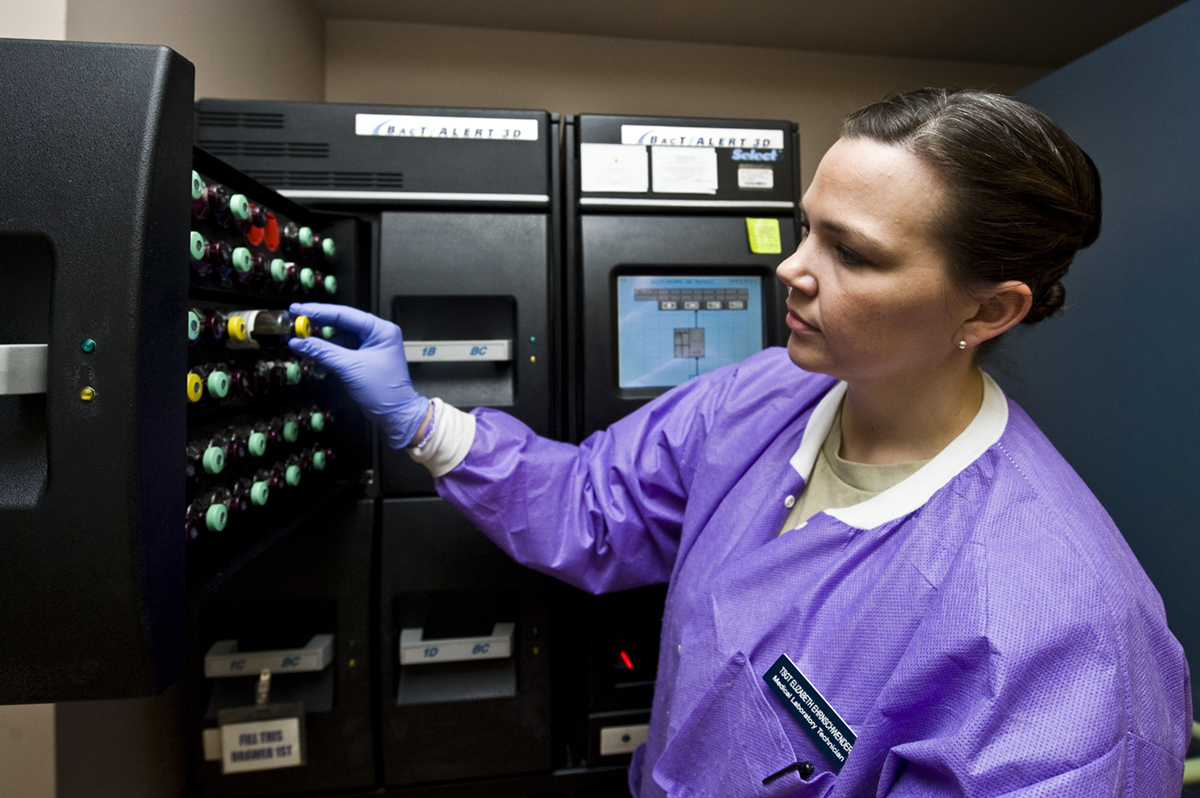
Sepsis is a serious and life-threatening conditionmarked by the bacterial infection that occurs in the blood. It is alsowell-known under the names systemic inflammatory response syndrome, septicemia,bacteremia and blood poisoning. The causes of this condition may be internalinfections, such as pneumonia, cancer and AIDS, and external infection that occur due to the bacteria that enter the body through the open wounds or cutson the skin. Sepsis is caused by the same bacteria that cause meningitis. Furthermore, sepsis may be caused by the use ofstrong medicines and inappropriate administration of antibiotics.
Symptoms of sepsis
Sepsis has the warning signs that can be easilynoticed. Since it is the blood infection, the infection tends to spread veryfast through the blood throughout the body. In the beginning, sepsis has the symptoms that resemble those of the flu, such as fever, chills, loss of appetite andtiredness, as well as the increased heart rate. The symptoms of sepsis are also hypothermia, whichis a medical term for a significant drop in the body’s temperature, andhypotension or low blood pressure. Furthermore, the person with sepsis hardlyhas urination.
Sepsis may also cause acute inflammation in thewhole body, high fever, shivering, sweating and flushing. Pains, low or highbody temperature and increased or decreased levels of leukocytosis or whiteblood cells are also some of the symptoms of this condition. Other symptoms of sepsis include high heart rate,high respiratory rate, nausea and vomiting. The people with sepsis may alsoexperience blood clotting, which causes the appearance of red spots on skin.
Treatment of sepsis
In order to diagnose sepsis, urine and blood test arenecessary. Furthermore, many doctors practice lumbar puncture in order todetect sepsis. If not treated promptly, sepsis may lead to a septic shock, which is, in the majority of cases, fatal. When the sepsis is early diagnosed, there are high chances for it to be cured. Moreover, the people with strong immune system have also highchances to be cured. The patient diagnosed with sepsis must behospitalized. The treatment then depends on the underlying cause and severityof the case. However, generally, it is important to maintain the normal bloodpressure. The patient receives infusion. Sometimes, the oxygen therapy is alsoneeded. In some cases, the infection source can be drained or surgicallyremoved. Various antibiotics are given to the patient beforethe exact cause is detected. Afterwards, when the cause is established, thenthe specific antibiotic is given.

















Your thoughts on this
Loading...